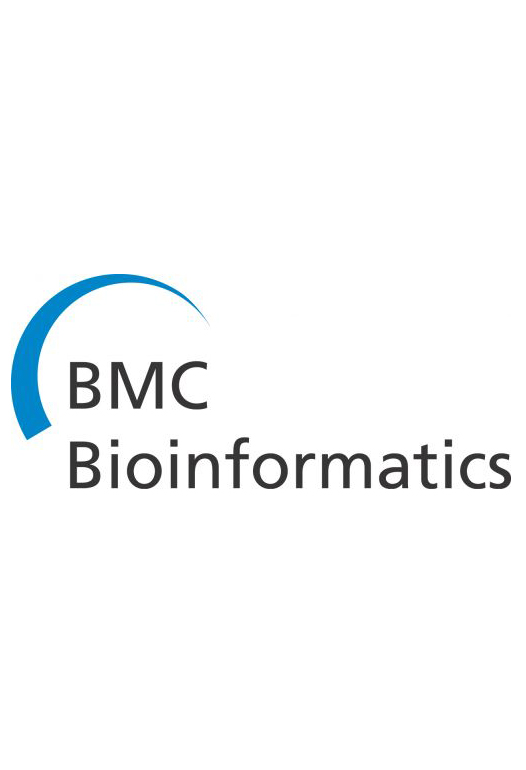BMC Bioinformatics. 2021 May 11;22(1):240. doi: 10.1186/s12859-021-04158-9.
Adrien Rougny 1 2, Loïc Paulevé 3, Michèle Teboul 4, Franck Delaunay 5
Affiliations
1 Biotechnology Research Institute for Drug Discovery, National Institute of Advanced Industrial Science and Technology (AIST), Aomi, Tokyo, Japan.
2 Computational Bio Big Data Open Innovation Laboratory (CBBD-OIL), AIST, Aomi, Tokyo, Japan.
3 Bordeaux INP, CNRS, LaBRI, UMR5800, Univ. Bordeaux, 33400, Talence, France.
4 CNRS, INSERM, iBV, Université Côte d’Azur, Nice, France.
5 CNRS, INSERM, iBV, Université Côte d’Azur, Nice, France. franck.delaunay@univ-cotedazur.fr.
Abstract
Background: The temporal coordination of biological processes by the circadian clock is an important mechanism, and its disruption has negative health outcomes, including cancer. Experimental and theoretical evidence suggests that the oscillators driving the circadian clock and the cell cycle are coupled through phase locking.
Results: We present a detailed and documented map of known mechanisms related to the regulation of the circadian clock, and its coupling with an existing cell cycle map which includes main interactions of the mammalian cell cycle. The coherence of the merged map has been validated with a qualitative dynamics analysis. We verified that the coupled circadian clock and cell cycle maps reproduce the observed sequence of phase markers. Moreover, we predicted mutations that contribute to regulating checkpoints of the two oscillators.
Conclusions: Our approach underlined the potential key role of the core clock protein NR1D1 in regulating cell cycle progression. We predicted that its activity influences negatively the progression of the cell cycle from phase G2 to M. This is consistent with the earlier experimental finding that pharmacological activation of NR1D1 inhibits tumour cell proliferation and shows that our approach can identify biologically relevant species in the context of large and complex networks.
PMID: 33975535
DOI: 10.1186/s12859-021-04158-9

